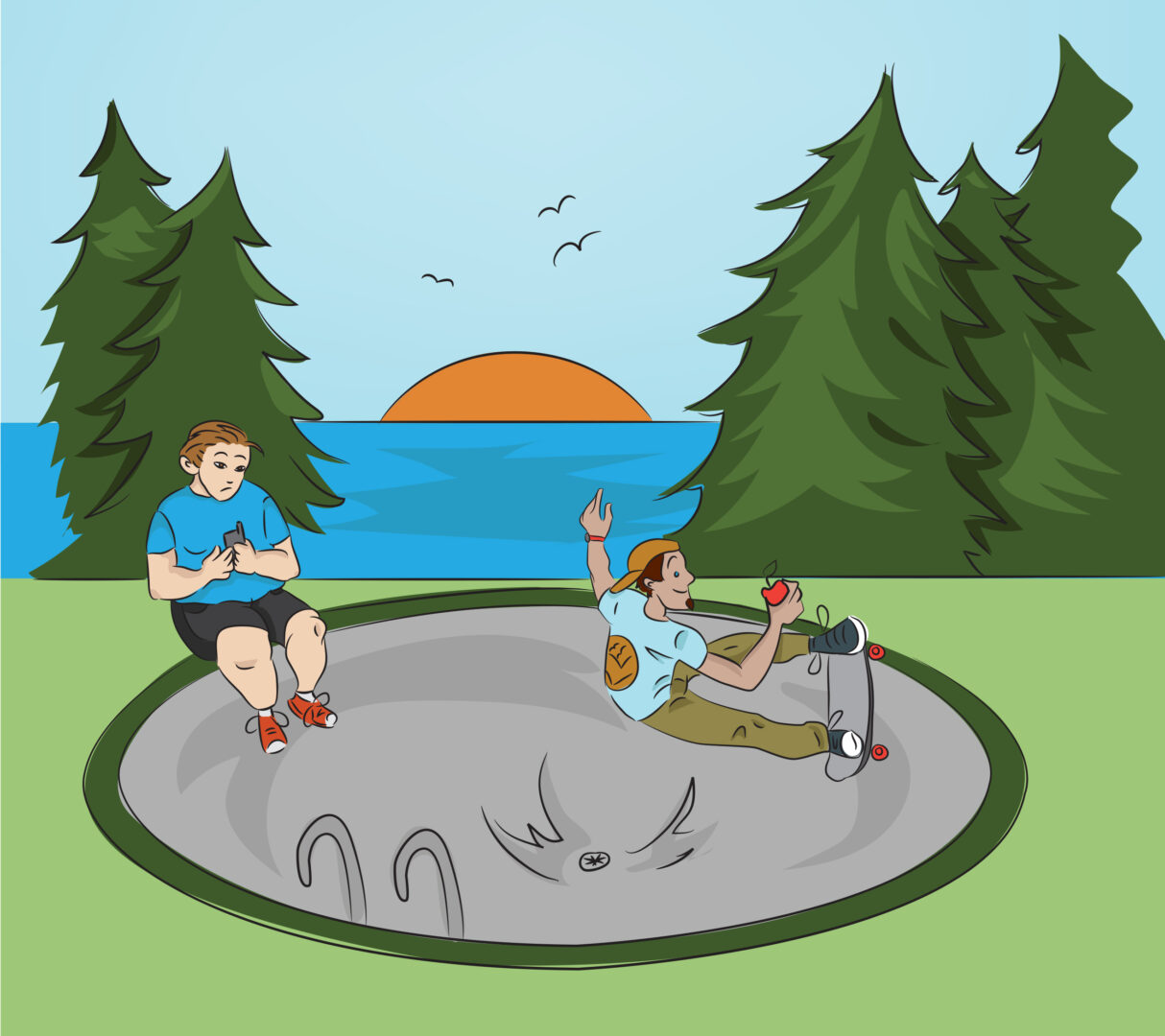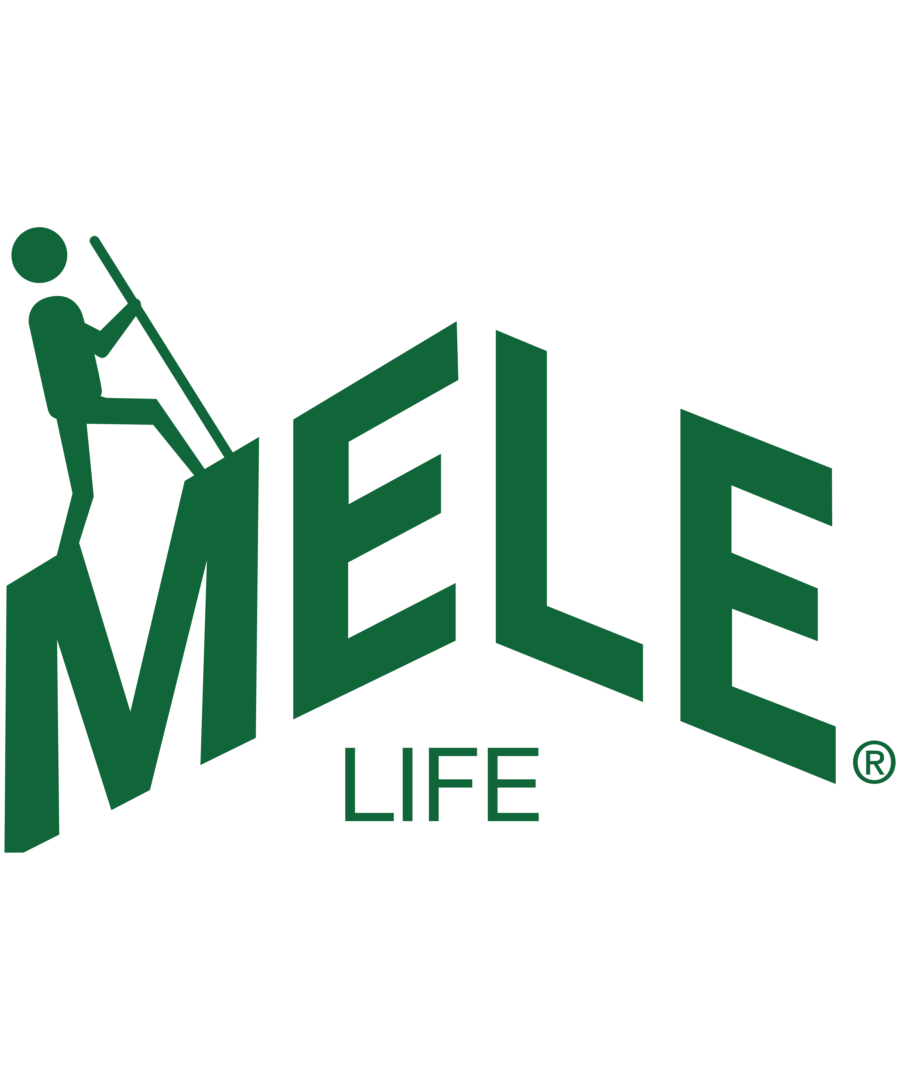Exercise recommendations for KIDS (6 to 17 years)
The American Heart Association recommends at least 60 minutes of moderate to vigorous physical activity every day. Sitting for extended periods of time should be discouraged. Kids and teens sit too much. They spend hours every day watching TV, playing computer games, surfing the web, and continuously texting on their phones. All this new technology at their finger tips has significantly decreased the amount of physical activity our children get and increased the incidence of childhood obesity. Encourage your kids to be more active by limiting their time spent with sedentary activities.

ALWAYS check with your PEDIATRICIAN first, before beginning a new exercise program for your child.
- Bicycling
- Dancing
- Gymnastics
- Ice skating
- Jump rope
- Martial arts
- Playing in the playground
- Playing tag
- Riding a push scooter
- Rollerblading
- Running
- Skateboarding
- Sports
- Swimming
- Walking the dog
- Walking to school
ALWAYS check with your PEDIATRICIAN first, before beginning a new exercise program for your child.
Strength gains can occur in this age group but due to low testosterone levels, they will not increase their muscle mass significantly. High repetition (15 – 25 reps per set) free-weight exercises are better than using exercise machines. Typical exercise machines are built for the dimensions of the average sized adult. Free-weight (dumbbell) exercise also gives your child a chance to work on stabilizing their core during the exercise in addition to challenging their balance and coordination.
Body-weight resistance exercises are also good for this age group:
- Abdominal crunches
- Balance on one leg
- Burpees
- High-step marching
- Jumping jacks
- Lunges
- Mountain climbers
- Planks
- Push-ups
- Side leg raises
- Squats
A note of CAUTION for this age group:
- Focused and specific strength training should be part of a well-rounded exercise program that also includes aerobic exercise, free play and sports.
- Free-weight (dumbbell) exercises should be high-repetition (15 – 25 reps per set).
- Your child should be supervised at all times during their focused and specific strength training routines.
- To avoid overuse injuries, have a wide-variety of exercises available on a day-to-day basis, allow for plenty of rest, and provide your child with good nutritious food options.
- At this age, it is vital that they learn the importance of proper form and technique during each exercise. Excessive weight or excessive sets beyond fatigue can lead to injury.
ALWAYS check with your PEDIATRICIAN first, before beginning a new exercise program for your child. It is highly recommended that you also speak with a professional exercise specialist prior to starting a new, upgraded or more aggressive exercise program.
More intense workouts can commence once your child reaches puberty and testosterone levels allow for more muscle strength and development. Begin slowly with a well-rounded, carefully planned exercise program that involves aerobic training (running, swimming, biking), strength training (free-weights and machines), body-weight resistance training, core exercises, and sports-specific training. A variety of exercises are listed on our Exercise page. That same page has a list of fun aerobic and sports activity ideas called “Fun ways to burn 500 calories”.
Be mindful of overuse injuries and be sure that there is scheduled rest time and rest days combined with good nutrition.
Puberty usually occurs in girls between the ages of 10 and 14, while in boys it generally occurs between the ages of 12 and 16. The onset of puberty often coincides with the presence of pubic hair, axillary (armpit) hair, and facial hair.
